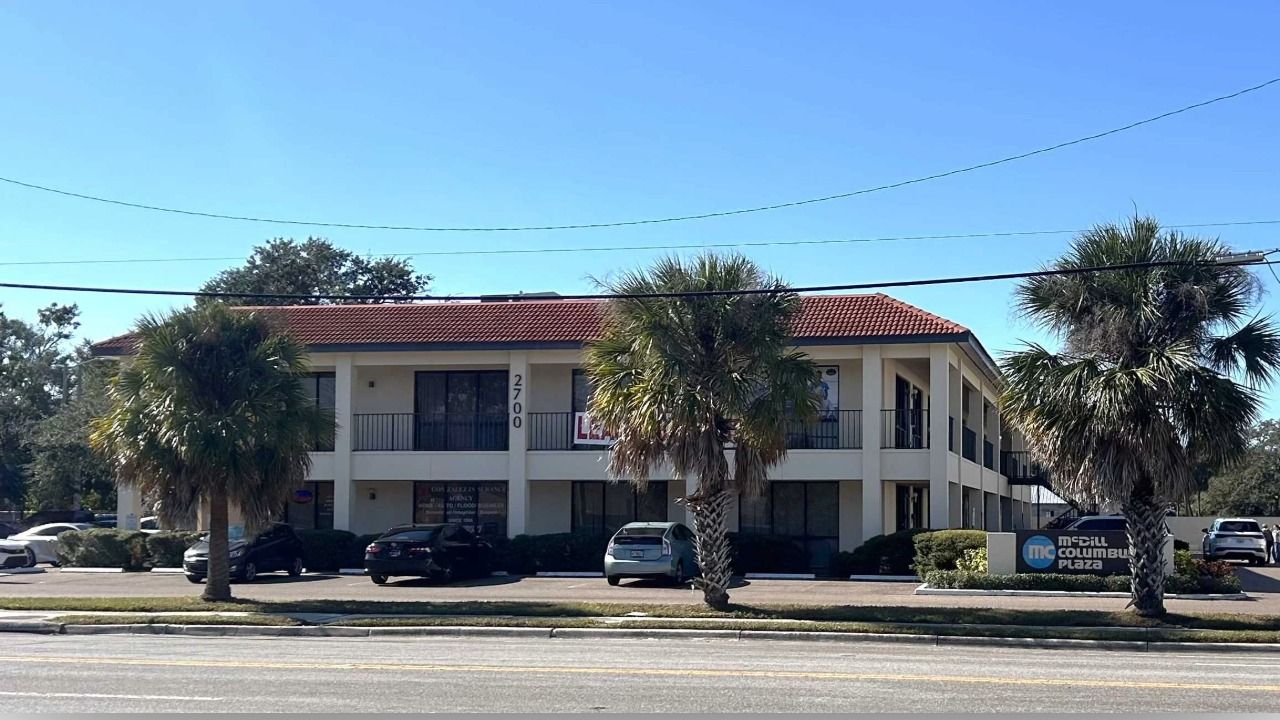By Brian Duren, signing director and Chris Dhanraj, managing principal of investments
Since their introduction in the Tax Cuts and Jobs Act of 2017, Qualified Opportunity Zones (OZ) have attracted attention as an important tool to help mitigate income tax liabilities. And, despite the headlines focusing on rising inflation, rising interest rates and possible rising tax rates — OZ investments may still provide a haven for taxpayers seeking tax efficiencies.
Opportunity Zone tax incentives
The OZ program incentivizes taxpayers to make investments into certain vehicles organized as Qualified Opportunity Funds (QOF). Investing in a QOF allows taxpayers to receive tax-sheltered income through allocations of depreciation and amortization deductions that do not require income recapture if the 10-year holding period is met. Similarly, in a possible environment of rising tax rates, the ability to exclude future gains otherwise subject to those high rates could yield a lower net overall effective tax rate.
Incentives include:
- Deferred recognition of an otherwise recognized capital gain until December 31, 2026 (or earlier if the QOF investment is sold before this date).
- Permanent exclusion of gain recognized on the disposition of the QOF investment or its underlying assets (exclusion is only available if the investment is held for 10 years).
Capital gains eligible for deferral may arise from many sources including the sale of a business, rental real estate or publicly traded securities. Generally, a taxpayer has up to 180 days from the date of the eligible capital gain to invest in, or acquire an interest in, a QOF. Both short- and long-term gains are eligible to be invested in Opportunity Zones.
Opportunity Zone case study
Taxpayer A sells publicly traded stock on August 31, 2022. The taxpayer originally purchased the stock for $500,000 and sold it for $1.5 million, generating a $1 million capital gain. Later, on or before February 26, 2023, the taxpayer invests $1 million in a QOF. The taxpayer can defer recognition of the $1 million capital gain on their 2022 federal income tax return.
Provided the taxpayer continues to hold their investment in the QOF through December 31, 2026, they will recognize the deferred capital gain at that time. Further, if the taxpayer continues to hold their investment in the QOF for a cumulative total of 10 years, they will pay no tax on the gain realized from selling their investment after the 10-year holding period.
The OZ program is likely here to stay
In April 2022, bipartisan legislation was introduced that would extend, and enhance, the OZ program currently set to expire at the end of 2026. The proposed bill, if enacted, would extend the OZ program to the end of 2028, providing taxpayers a longer deferral period and a longer period in which to invest in Opportunity Zones. With bipartisan support, passage of this legislation seems likely. Work with an advisor who can help you navigate tax and investment decisions surrounding Opportunity Zones and determine if they could benefit your personal financial strategies.
For more information on Opportunity Zones contact Brian Duren at [email protected] or 612-397-3159, or
at [email protected] or 813-384-2737.
The information contained herein is general in nature and is not intended, and should not be construed as legal, accounting, investment or tax advice, or opinion, provided by CliftonLarsonAllen LLP (CliftonLarsonAllen) to the reader. For more information, visit CLAconnect.com.
CLA exists to create opportunities for our clients, our people and our communities through our industry-focused wealth advisory, digital, audit, tax, consulting and outsourcing services. CLA (CliftonLarsonAllen LLP) is an independent network member of CLA Global. See CLAglobal.com/disclaimer. Investment advisory services are offered through CliftonLarsonAllen Wealth Advisors, LLC, an SEC-registered investment advisor.















